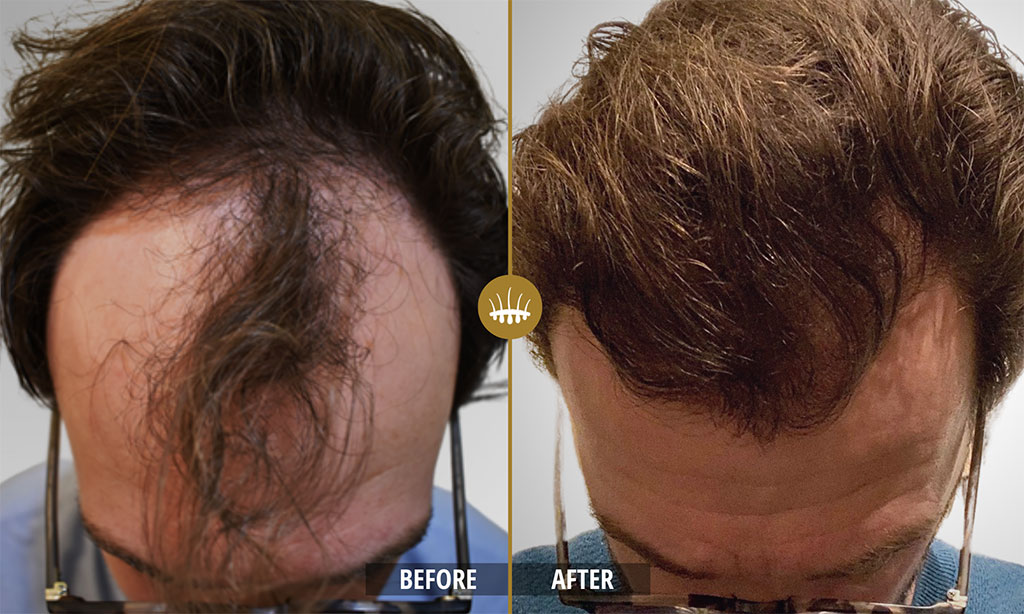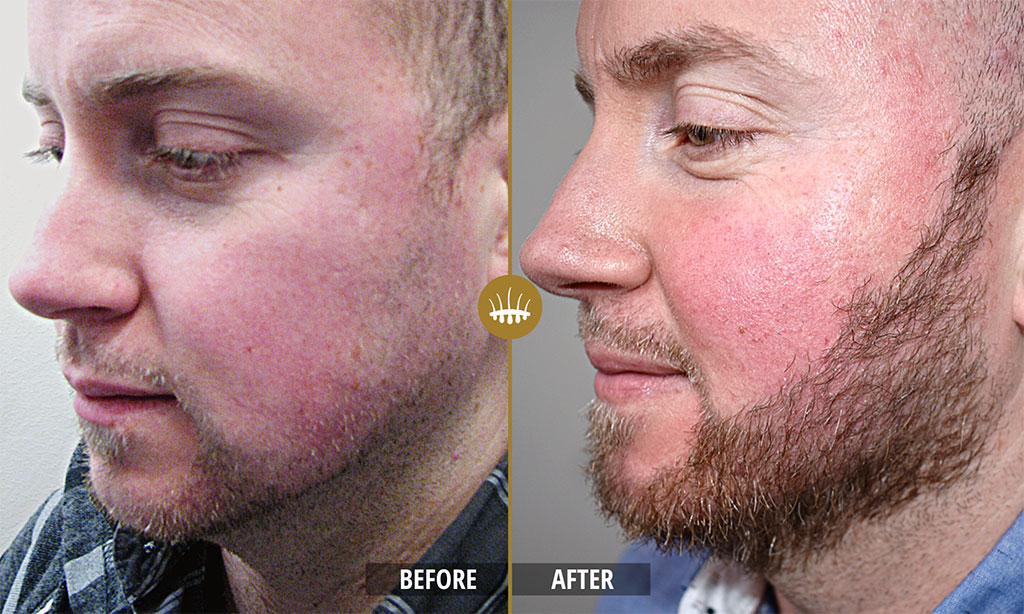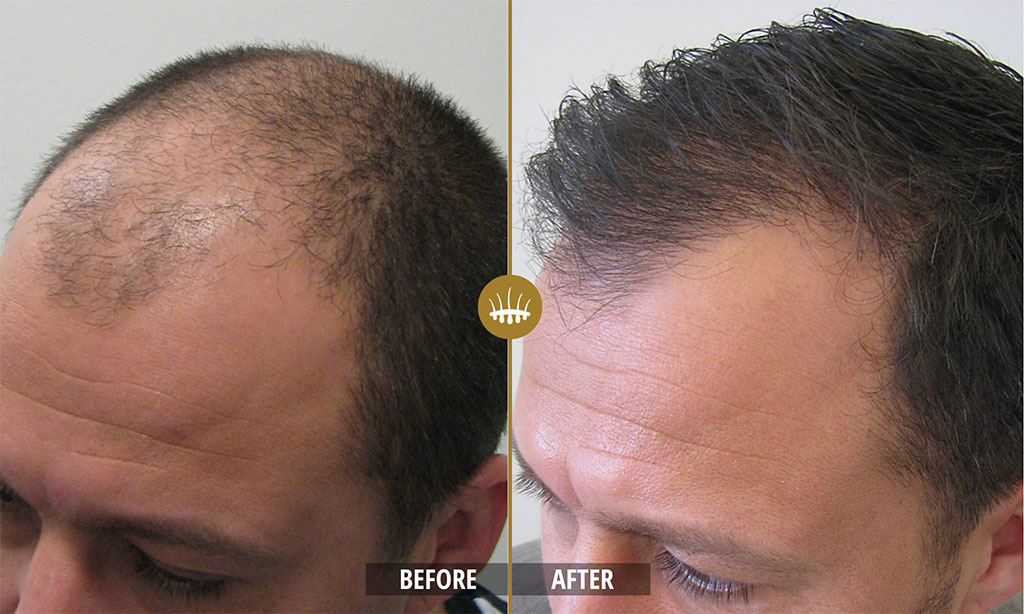Hair transplantation costs

What is your (hair) situation?
The costs of an HST (Hair Stem Cell Transplant) treatment are determined in part by the number of grafts to be transplanted. The number of grafts needed for a successful hair transplant varies from person to person and situation to situation.
In addition to the number of grafts, other factors also play a role: the quality of the donor hair, the progression of hair loss, the health of the donor area, your overall health, and your personal preferences. The color and texture of the hair also influence the result because we aim for a natural coverage.
In summary, an HST treatment is customized. During a free and non-binding consultation, the doctor will provide a complete medical diagnosis. Based on this, you will receive a personalized treatment plan, including a cost estimate.



An investment in yourself.
Why choose HST?
- Hoogste medische standaard, zeer veilig
- Sophisticated techniek, ongeëvenaarde resultaten
- Behoud van donorgebied
- Snel herstel
- Levenslang resultaat

Prices per number of grafts.
The starting point for determining a price is the number of grafts required for a successful treatment using the HST method. We have provided indicative prices per number of grafts in an overview for you.
This overview does not provide an exact price but rather serves as an estimate. These prices are based on treatment in a clinic in the Netherlands, Germany, or France. An exact cost assessment can only be made after a free, non-binding consultation with a doctor.







PRICE OF GRAFTS
| Area | Number of grafts | Indication of costs |
|---|---|---|
| Head | 50 (test) | £ 950,- |
| < 600 | £ 3.400,- | |
| 600 – 700 | £ 4.400,- | |
| 700 – 800 | £ 4.850,- | |
| 800 – 1000 | £ 5.650,- | |
| 1000 – 1200 | £ 6.650,- | |
| 1200 – 1400 | £ 7.500,- | |
| 1400 – 1600 | £ 8.200,- | |
| 1600 – 1800 | £ 8.800,- | |
| > 1800 | + £ 2,50/graft | |
| Beard / Moustache | Price on indication | |
| Eyebrows | Price on indication |

